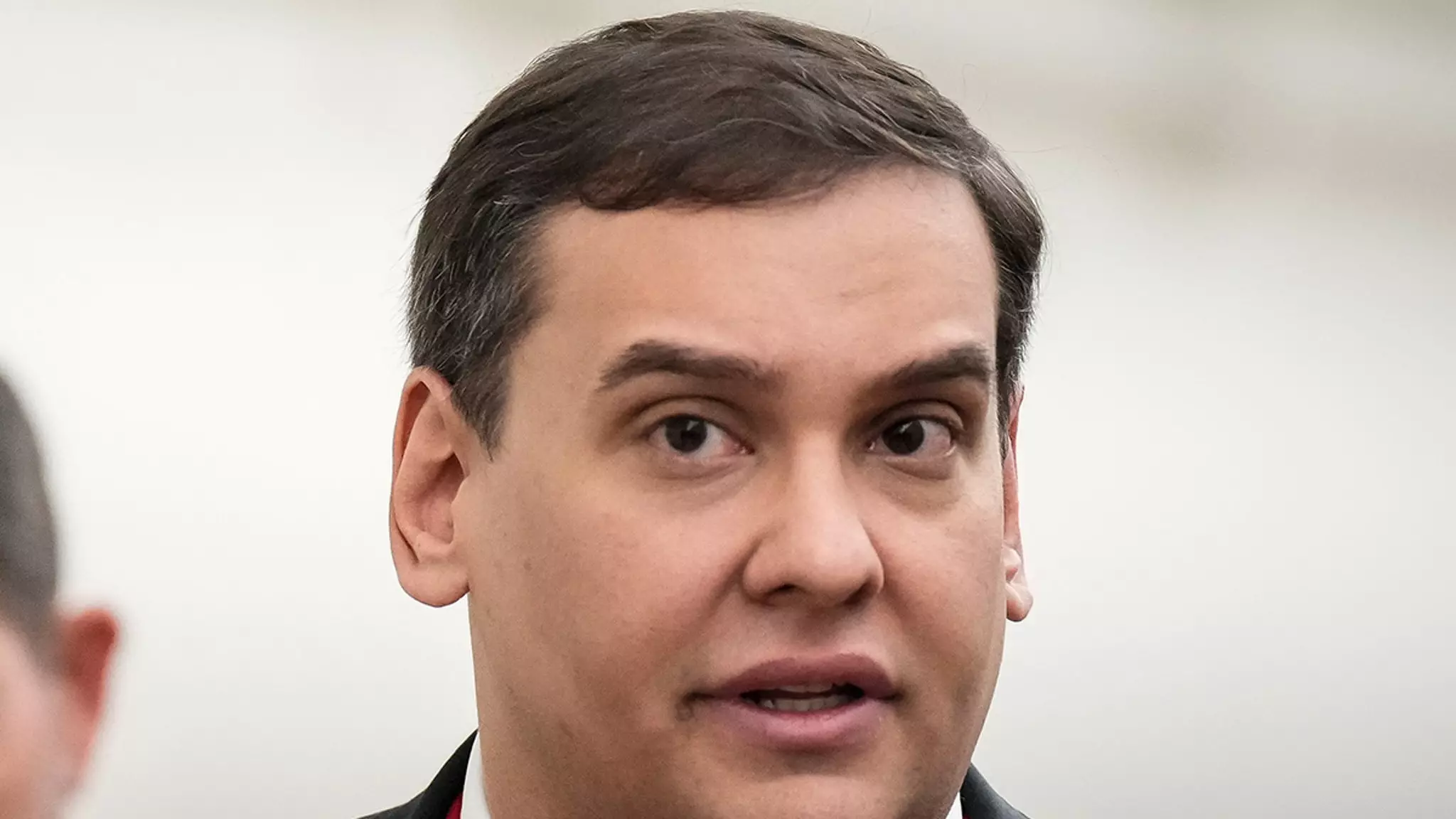George Santos, the former congressman whose legal troubles have captivated and perplexed the nation, finds himself on the precipice of an impending federal prison sentence. His recent comments raise critical concerns about the treatment of inmates and the systemic failures that often accompany incarceration. Santos is not merely worried for his safety; his dire predictions of an “international nightmare” speak to a fraught relationship with the Bureau of Prisons (BOP) that has encountered rampant scrutiny over the years. By warning the BOP of potential repercussions ahead of his reporting date, Santos seems to leverage his fear as a bargaining tool while simultaneously exposing a broader, disconcerting issue within the prison system.
A System Under Scrutiny
The BOP has long faced allegations of failing to ensure the safekeeping and rehabilitation of inmates. Santos’ unsettling prediction — that any harm he faces could lead to a massive public relations disaster for the BOP — underscores the growing urgency for reform within an institution that has been criticized for both its lack of transparency and its failure to prioritize the well-being of inmates. His statement that he would not remain silent if subjected to violence starkly illustrates the very real anxiety that many inmates experience. This predicament spotlights the vocalized fears of numerous detainees who have routinely become statistics, victims of an environment that is anything but secure.
Protective Custody: A Double-Edged Sword
Santos has indicated a desire to enter protective custody — a request that may offer him temporary solace but also embodies the paradox of prison life where safety and isolation coexist. Protective custody is designed to shield vulnerable inmates from violence but can also lead to severe social penalties, including isolation from the general population and, in many cases, the loss of key privileges. The uncomfortable reality Santos must navigate is that seeking such protection can sometimes exacerbate feelings of fear and helplessness. By admitting his fear of incarceration while simultaneously refusing self-defense training, he presents a conflicting image: one of a nonviolent figure who is preparing for a combative environment.
Struggling with Uncertainty
As he counts down to his July 25 sentencing, Santos grapples not only with his fate but also with the emotional turmoil associated with impending imprisonment. His sense of disorientation is palpable, as he candidly admits his thoughts are “all over the place.” It is human instinct to seek the comfort of family during times of crisis, and his choice to spend his final moments outside of prison with loved ones speaks to the universal need for connection amidst adversity.
Santos stands at a crossroads, a man trapped between the legacy of his questionable past and the uncertain terrain of life in prison. His fears and dreams for a different outcome — including a potential pardon or clemency — create a compelling narrative of a character whose saga is far from over, sparking broader conversations about the true cost of justice in a flawed system.

